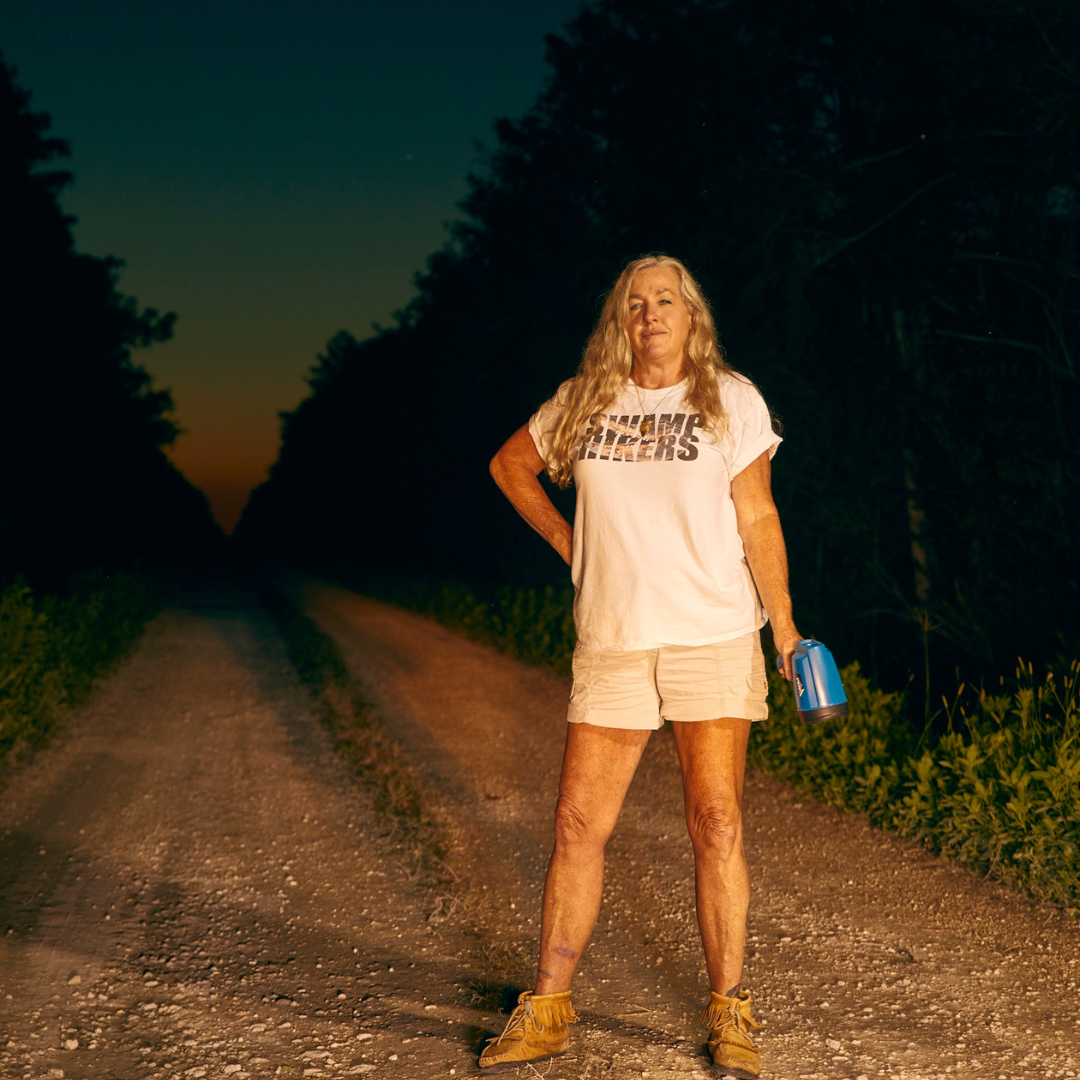by Christina Cush | December 6, 2019
Inside the Studio with Photographer Mac Stone
The Gainesville environmentalist captures wild images to save and protect lands in Florida and beyond
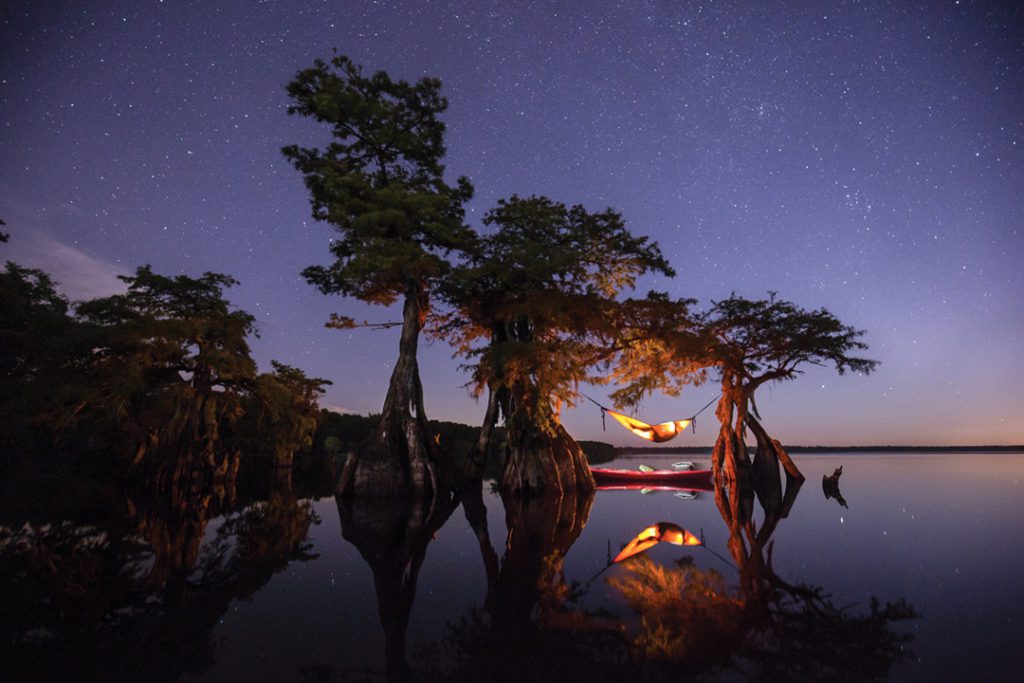

Twenty years ago, when he was a mere 15-year-old boy noodling around with a camera in the woods and the stream that ran next to his yard, Mac Stone presented his photos of the property at a town hall meeting. His neighbors hoped his pictures could showcase the land’s organic beauty and help them argue their case to prevent it from getting developed. He was crushed when his art couldn’t effect a different outcome. That defeat led him to build a career as a conservation photographer, getting grants to photograph parcels of land valuable to ecosystems and at risk of development.
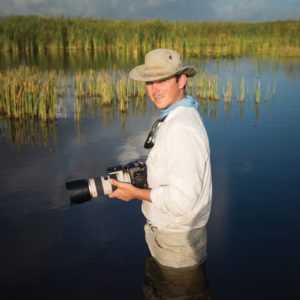

Stone studied biology and the environment at Virginia Tech, where he graduated in 2006. His beloved Gainesville swamps, which he’s known since age 4, kept calling. “Every summer, I came home. I really missed the springs and things unique to Florida. It’s crazy how much I missed it.”
He spent two years teaching photography and environmental science in Honduras. In 2008, he went to Wyoming to be a fly fishing guide while honing his photography skills. While teaching teens photography at a ranch, he met his wife, Hannah, a graphic designer. Florida beckoned Stone again in 2009, and he moved to the Keys, later following Hannah to South Carolina in 2012. The Stones have been married for four years and became first-time parents this fall.
THE POWER OF THE LENS
For the last two years, Stone has traveled to the Corkscrew Swamp Sanctuary in Naples every three weeks. “I’ve been working on a ghost orchid project. Part of that was documenting a remaining old-growth swamp—a place that’s never been logged, cut or altered by man and is an ancient ecosystem.” It’s astonishing to Stone that this forest is untarnished since thousands of acres of Florida cypress were wiped out years ago. “I’m photographing 3,000-year-old cypress trees to show how the Southeast used to look,” says Stone. “This ambassadorial swamp is so wild, it’s remarkably different as a primary forest with massive trees.”
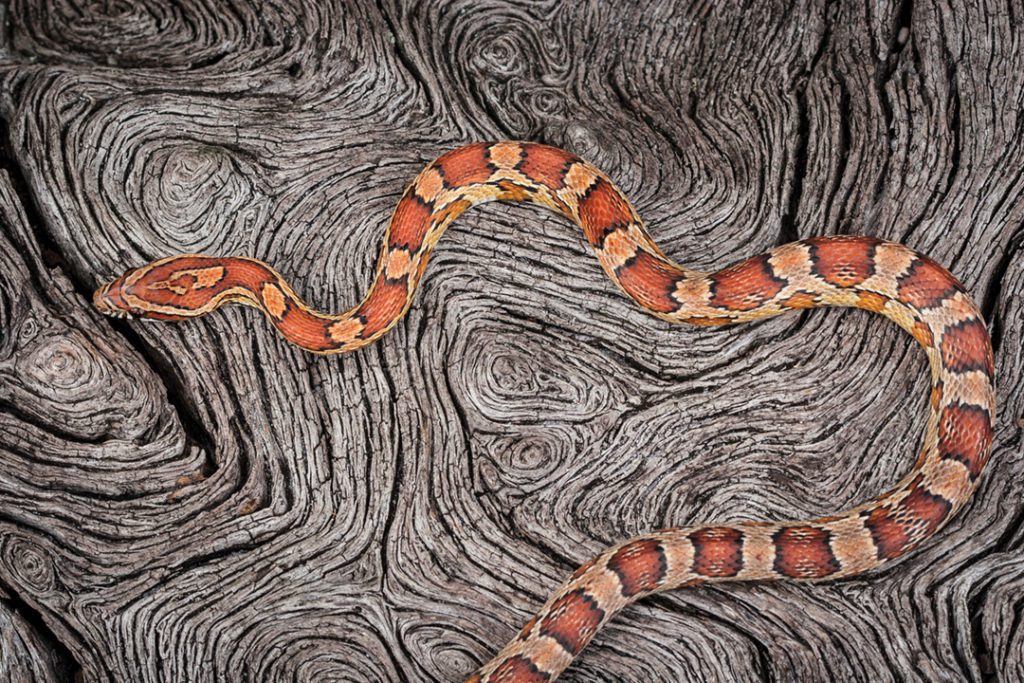

Stone’s camera-wielding eco-activism extends much farther. “I just got back from Cambodia, working with scientists to get 150,000 acres protected. I did similar work in South Carolina and have saved some properties in Alachua County.” Always remembering the profound defeat of his 15-year-old self, Stone admits that it feels great to “get tangible results—taking 1,000 acres off the chopping block or keeping a crucial connected corridor from being fragmented.” Despite his protective victories, he is overwhelmed by the pace of development in Florida. “You could be advocating for a place on Tuesday, and Thursday it is sold.”
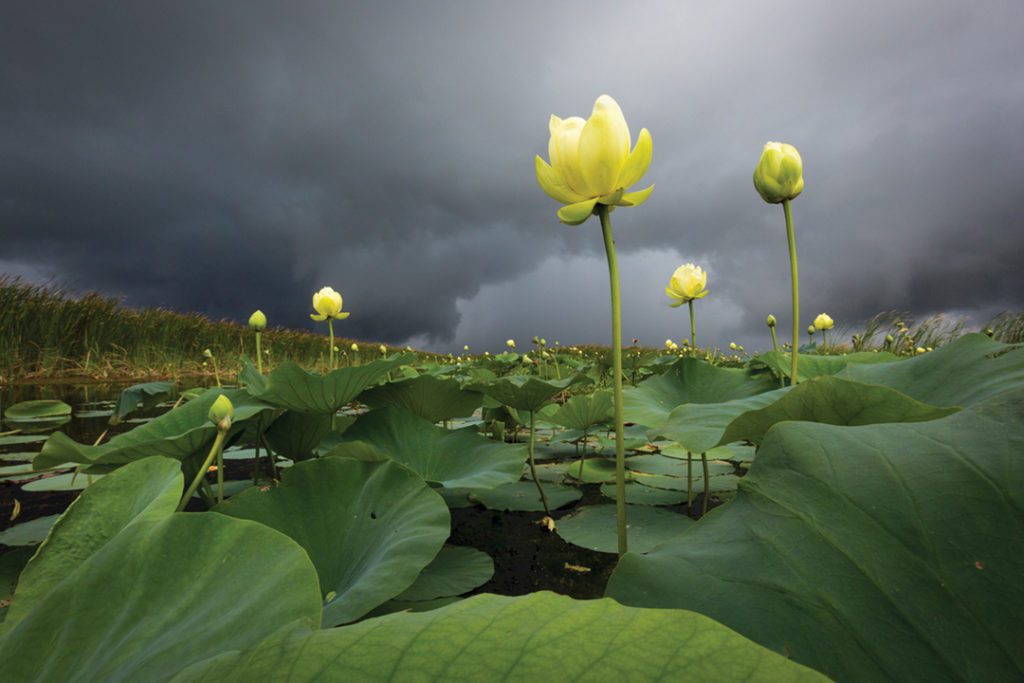

For a guy who feels most comfortable in a Florida swamp, he’s surprisingly optimistic about the crossroads of economic progress and the environment. He says, “Ecotourism here is growing, and we can’t put these resources at risk, as so much of the state’s identity and economy is tied to them.”
If he ever gets out of the swamp, he’s got two iconic Florida destinations to shoot: Apalachicola and the Dry Tortugas. For now, some of his work can be seen at the Lighthouse ArtCenter Gallery in West Palm Beach from January 16 through February 12.

